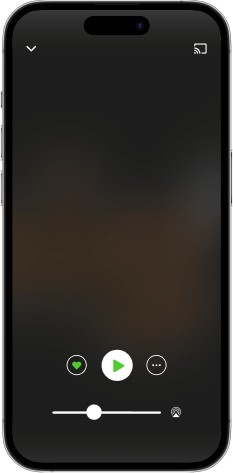GUEST: Fabian Kiessling, AachenWelcome to the Christmas edition of "Dive into imaging science"! Giannis and Tim have their festive hats on and are wearing their dodgy Christmas jumpers, ready for a cracker (!) of an episode. And we have a very special guest on the show – none other than our current past president, Fabian Kiessling, who heads up the Institute of Experimental Molecular Imaging and the Helmholtz Institute for Biomedical Engineering at Aachen University. We explore how to ‘make the visible invisible’ in the groundbreaking paper from the lab of Guosong Hong at Stanford by achieving optical transparency in live animals using a food dye that’s an ingredient in many potato chips! We conclude that this isn’t, in fact, the end of non-invasive imaging; instead, it opens a new frontier for optical and photoacoustic techniques. Along the way, we learn that Fabian could have been a policeman if only he hadn’t been “a little bit weak in differentiating red and green” and that being a scientist is very much like being an artist. We discuss reproducibility in science, the importance of co-locating labs and people, and were swept along by Fabian’s passion for imaging science. Cocktail - Continuing our tradition, we enjoy a special cocktail : It’s a Christmas and Aachen special so what better way to celebrate it with a twist on the Gluehwein Cretan style: Giannis’ own home-made brandy and raki (cretan grappa that is), red wine, cinnamon sticks, cloves, honey and a red orange slice from his garden.Selected Publication: Ou Z, Duh YS, Rommelfanger NJ, Keck CHC, Jiang S, Brinson K Jr, Zhao S, Schmidt EL, Wu X, Yang F, Cai B, Cui H, Qi W, Wu S, Tantry A, Roth R, Ding J, Chen X, Kaltschmidt JA, Brongersma ML, Hong G. Achieving optical transparency in live animals with absorbing molecules. Science. 2024 Sep 6;385(6713):eadm6869. doi: 10.1126/science.adm6869. Epub 2024 Sep 6. PMID: 39236186.Further information on the European Society for Molecular Imaging:https://e-smi.eu/Contact:
[email protected] 


